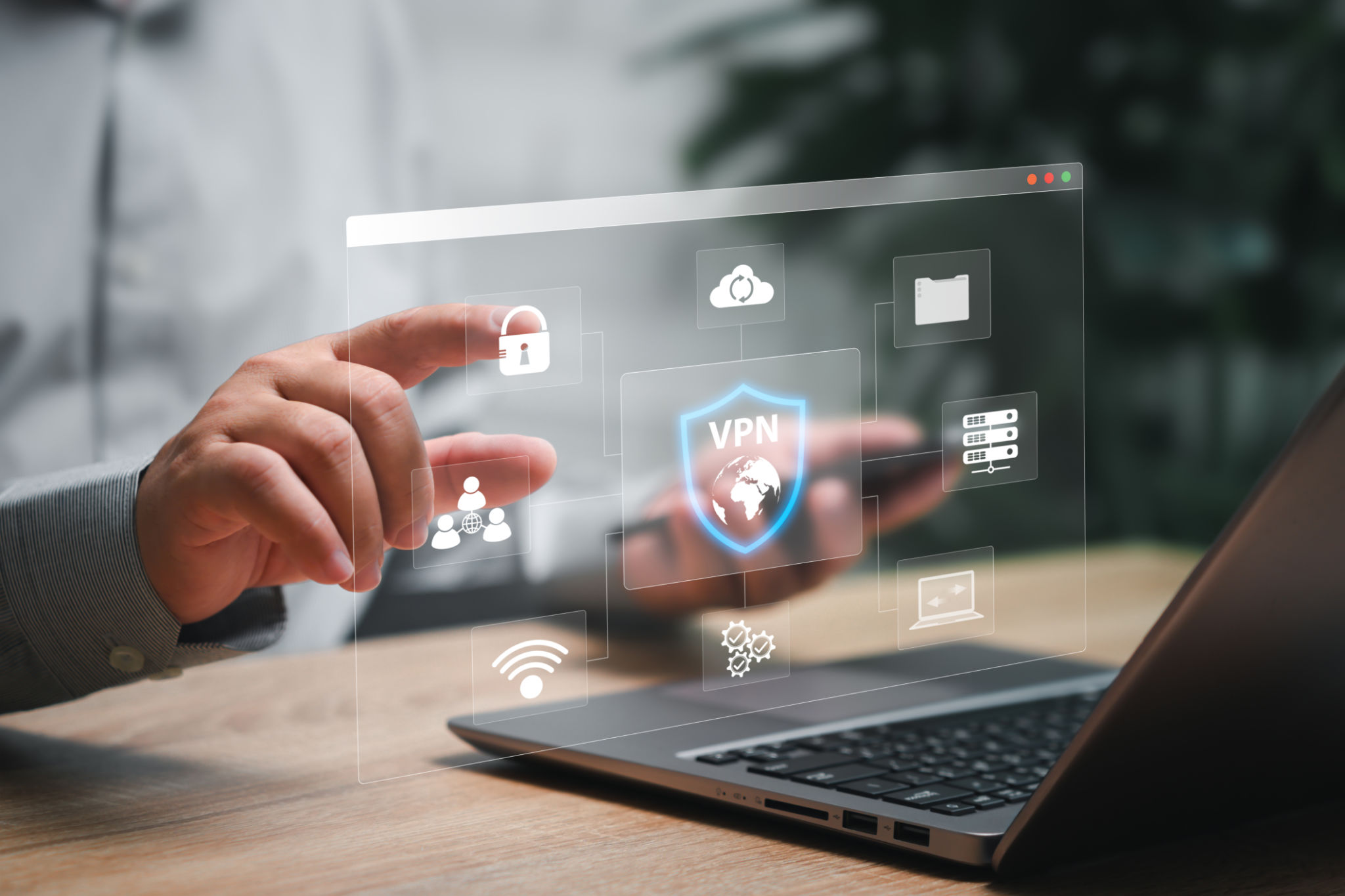Expert Tips for Strengthening Cybersecurity in Remote Work Environments
Understanding the Importance of Cybersecurity in Remote Work
The shift to remote work has brought numerous benefits, but it also presents unique cybersecurity challenges. As employees connect to corporate networks from various locations, the risk of cyber threats increases. Understanding these risks is the first step in fortifying your business’s cybersecurity measures.

Implementing Strong Authentication Methods
One of the most effective ways to enhance cybersecurity is by implementing strong authentication methods. Multi-factor authentication (MFA) adds an extra layer of security beyond just passwords. This could include something you know (like a password), something you have (a mobile device), or something you are (fingerprint or facial recognition).
Securing Home Networks
Employees working from home often use personal Wi-Fi networks, which may not be as secure as corporate networks. Encourage employees to change default passwords on their routers and enable encryption to protect their home networks. Regularly updating router firmware is also a recommended practice to prevent vulnerabilities.

Training Employees on Cybersecurity Best Practices
Human error is a significant factor in many cybersecurity breaches. Providing comprehensive training on cybersecurity best practices ensures that employees are aware of potential threats, such as phishing scams and malware. Regular training sessions can help employees recognize and avoid these dangers.
Utilizing Virtual Private Networks (VPNs)
A Virtual Private Network (VPN) encrypts internet traffic, making it more difficult for cybercriminals to intercept sensitive information. Encourage the use of VPNs, especially when accessing company resources from public Wi-Fi networks. This simple step can greatly enhance data security.

Regularly Updating Software and Systems
Outdated software can be a gateway for cyber attacks. Ensure that all systems and applications are regularly updated to protect against vulnerabilities. Implementing an automated update process can help maintain the latest security patches and protect against known threats.
Establishing a Clear Remote Work Security Policy
Developing a comprehensive remote work security policy provides employees with clear guidelines on how to securely access and handle company data. This policy should include protocols for device usage, data protection, and incident reporting to ensure a unified approach to cybersecurity.

Regularly Monitoring and Auditing Security Systems
Continuous monitoring and regular audits of security systems can help identify potential vulnerabilities before they are exploited. By keeping a close eye on network activity and conducting regular security assessments, businesses can proactively address issues and strengthen their defenses.
Encouraging a Culture of Security Awareness
Creating a culture where security is a priority encourages employees to be proactive about protecting company assets. Regularly share updates and reminders about cybersecurity practices and celebrate wins when employees successfully thwart potential threats. A vigilant workforce is a strong line of defense against cyber threats.
